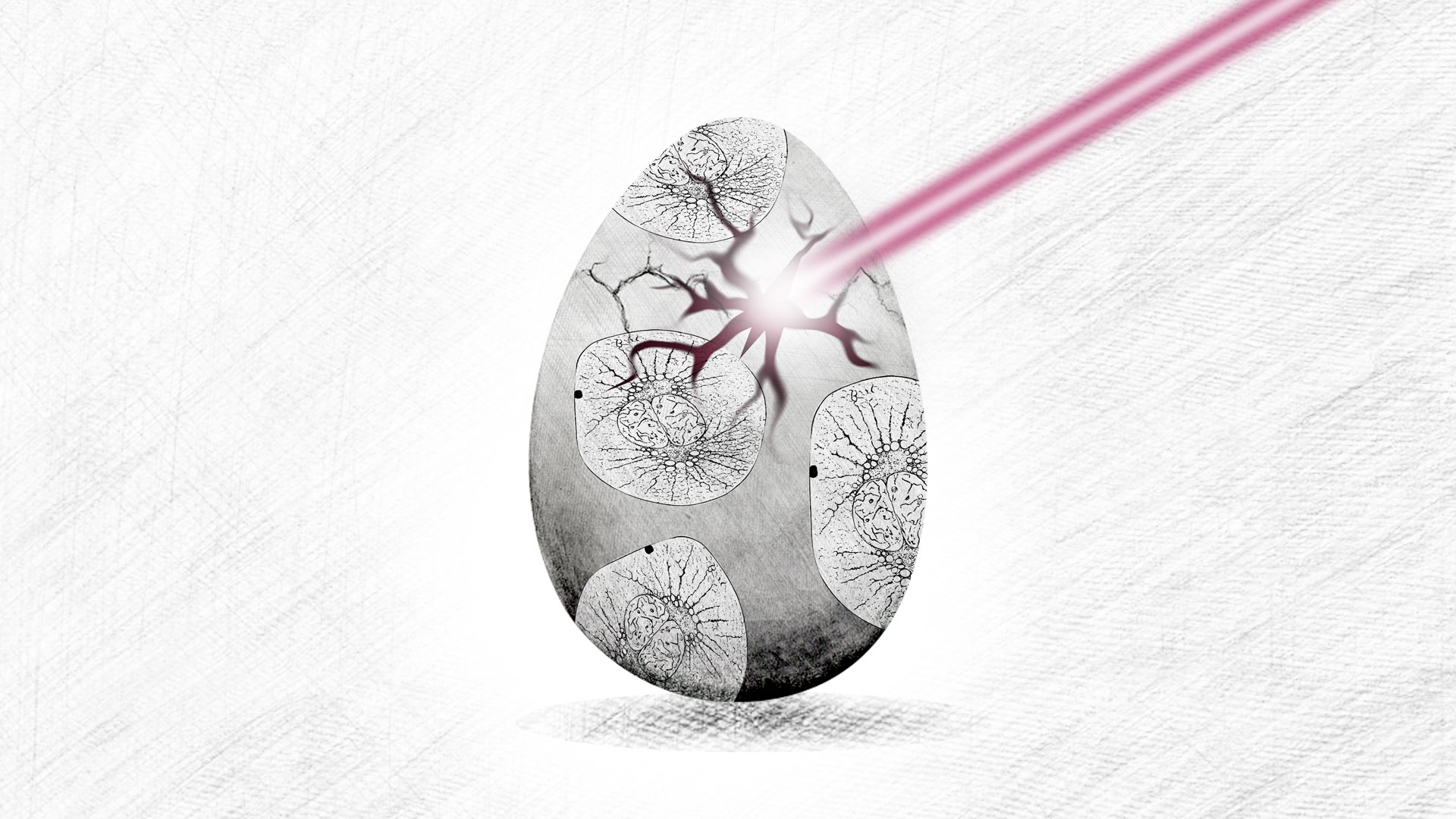
LAH procedure is carried out on the 3rd day of fertilisation when the embryo is still in the lab. In this technique, a specialised laser is used to create a breach in zona pellucida. Laser shots soften the zona pellucida, which helps to create an opening. Then, the embryo(s) is transferred to the uterus. This helps the embryo in hatching and implanting in the endometrial lining of the uterus resulting in a successful conception.
Laser technology allows a more controlled approach and is the safest and most effective technique. The laser will not come in direct contact with the embryo and is performed with utmost delicacy and precision. This procedure ensures the safety of the embryo.
Though making a small crack in the zona pellucida sounds like a simple technique, it involves precise procedures and a skilled technician to perform it. The whole process is fairly quick and takes only a few seconds.
This is an advanced technology and IVF procedure includes this depending on the cases. So the process does not require any specific precaution; common IVF process precautions should be followed.

When laser assisted hatching is compared with other assisted hatching procedures, it is faster and more accurate.
LAH procedure does not involve manual handling of the embryo; hence there are fewer chances of any damage.
Accuracy of the laser is predetermined in the programme, which ensures the safety of the embryo.
Laser assisted hatching boosts the success rate of pregnancy.
in Laser Assisted Hatching

One of the possible risks is embryo might get lethally injured. This can happen before the embryo transfer or after. In any case, pregnancy will not occur. But the chance is rare.

